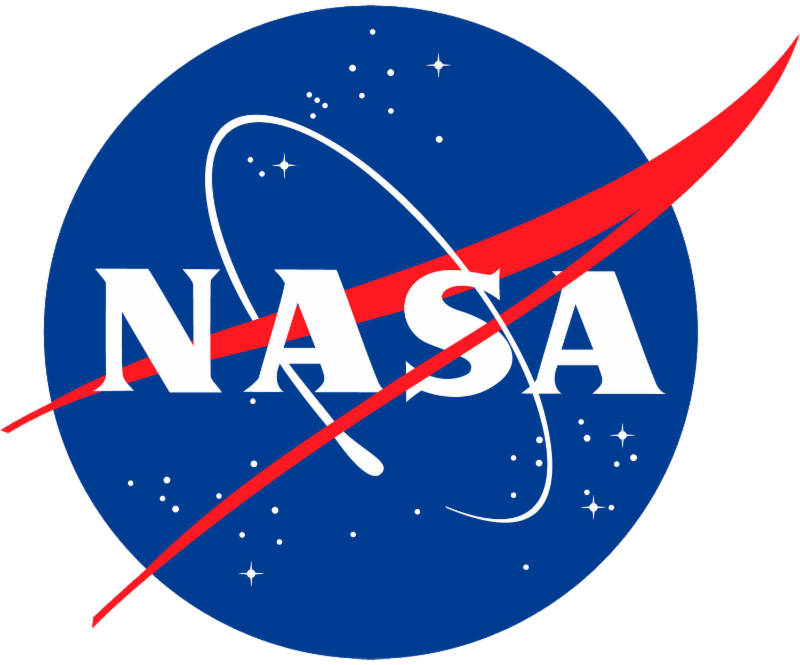Looking for tailored market research for your technology?
HHS has launched the Niche Assessment Program for the 2018-2019 program year. Designed to help small businesses strategically position their technology in the marketplace, Niche provides an in-depth report on potential applications of participants' technology. All active HHS (NIH, CDC, and FDA) SBIR/STTR Phase I awardees and Phase I Fast-Track awardees (by grant or contract) are eligible to apply, and registration is first come, first serve.
The program provides market insight and data that can be used to help small businesses strategically position their technology in the marketplace. The results of this program can help small businesses develop their commercialization plan for their Phase II application and be exposed to potential partners.
View the Notice
Apply
|

Compliance Pitfalls - Timekeeping
One of the most common non-compliance issues that grant recipients incur is improper timekeeping for their employees. Commercial (for-profit) organizations must document salaries and wages charged to federal contracts and grants by maintaining a labor distribution system for all employees regardless of function. A key component to the labor distribution system is a proper timekeeping system. All company members (exempt and nonexempt, owners and partners) are required to use the company time keeping system to record their hours worked. Some tips regarding timekeeping:
- Timekeeping should be daily after-the-fact reporting
- Any changes/corrections to timesheets should be made by the employee and must show what was initially recorded, initialed and dated by the employee.
- Timesheets must be signed by the company member and countersigned by supervisor at end of pay period.
- Recording all hours worked and all hours absent. All hours should be recorded whether or not they are paid.
Contact BBCetc to advise and assist on setting up compliant timekeeping and other compliant grant management practices.
Check out our suite of grant management services.
|
Post-Phase II Opportunities from NASA
The NASA SBIR/STTR Program does not stop at Phase II. Check out these funding opportunities available to help you advance your technology.

Phase II-Extended (II-E)
The objective of a Phase II-E is to encourage advancement of innovations developed under Phase II. The NASA SBIR/STTR Program provides 1:1 matching funds up to $375,000 from an outside investor secured by the company. The investor may be a non-SBIR/STTR NASA program, from another government agency or the private sector.
Learn more
CCRPP
The Civilian Commercialization Readiness Pilot Program (CCRPP) is an additional funding opportunity available to small businesses, with the purpose of accelerating the transition of SBIR/STTR funded technologies to commercialization. The Program provides 1:1 matching funds up to $1M from an outside investor secured by the company. Investors may include companies, venture capital firms, angel investors, other federal agencies, or NASA non-SBIR/STTR programs.
The CCRPP application period will open on Nov. 5 and close on Dec. 14, 2018.
Learn more
Phase III
Phase III is the commercialization of innovative technologies, products, and services resulting from either a Phase I or II contract. This includes further development of technologies for transition into NASA programs, other Government agencies, or the private sector. Phase III contracts are funded from sources other than the SBIR and STTR programs and may be awarded without further competition.
For general information, procurement procedures, and frequently asked questions on Phase III contracts, view the NASA SBIR/STTR Phase III Contracting Handbook.
|
QUIZ TIME
- Do you know your stuff?
The NSF deadline is fast approaching with a deadline of Dec. 4. Are you up to speed on NSF requirements? Take our quiz and find out. Answers below (no peeking!).
Q1: How many submissions can a company submit to the NSF SBIR/STTR each solicitation cycle?
A. 1 per company
B.
1 per Principal Investigator, no limit on company
C.
10 per solicitation
D.
No limit
Q2:
Submitting an SBIR/STTR proposal is done through which website:
A. Grants.gov
B. eRA Commons
C. Fastlane.com
D. SAM.gov
Q3: If my technical innovation does not fit one of the specific Topical areas for NSF, I cannot submit to NSF SBIR/STTR.
A. True, NSF is only interested in the listed topics / subtopics
B.
False, I can submit to the Other Topics
Q4:
Which of the following are true for Principal Investigators submitting to NSF SBIR/STTR (select all that apply):
A.
Must have a PhD
B. Must work for the company >51% of the time if submitting to SBIR or STTR
C.
May work for a Research Institute (e.g.: University) if submitting to STTR
D. Must expend 1 month effort on the project for every 6 months of project time
E.
Is the primary project point of contact to NSF, and is responsible for ensuring the research is completed
F. Must be a US Citizen or Permanent Resident
|
Interested in Developing Your Cleantech innovation?
Chain Reaction Innovations (CRI) is a two-year entrepreneurial program at Argonne National Laboratory for hard-tech innovators focusing on energy and science technologies. The program embeds innovators into the lab for two years to develop and de-risk their technologies. It provides participants the financial and technical support they need to evolve early-stage R&D innovation into viable energy/manufacturing businesses, and it teaches the entrepreneurship skills needed to develop transformative cleantech and innovations in advanced manufacturing.
CRI provides teams of innovators up to $1M in resources, including salary and benefits for two years, $220K to support technical work at Argonne, and support from the CRI team, starting with a two-month extensive entrepreneurial training. The application period for CRI's Cohort 3 is open until 5 pm CT on Oct. 31.
Apply Attend an informational webinar on Oct. 23, 1-2 p.m. CT
Register
|
|
Fall SBIR/STTR Innovation Summit
BBCetc's Becky Aistrup will present Phase II Proposal Prep, Oct 23,
3-5pm
20th Annual HHS SBIR/STTR Conference
BBCetc's Becky Aistrup will present Phase I Proposal Prep on Oct 31 and Phase II on Nov. 1
The Entrepreneurial Path to Commercialization
SBIR/STTR Funding: The Contracting Agencies
SBIR/STTR Proposal Prep for DOD with BBC & NAVSEA
SBIR/STTR Pursuit Recorded Webinar Library
View
|
Get Funded for Your New Hire
If you have an active SBIR or STTR award, you may be eligible for additional funding through Administrative Supplements to Promote Diversity in R&D. Applications are accepted on a rolling basis.
More information
|
HHS-NIH/CDC/FDA/ACF Omnibus:
Standard close dates: Apr. 5, Sept. 5 &
Jan. 5
NIH/CDC SBIR Contract
Closes Oct. 22
DOD SBIR/STTR
Close Oct. 24
USDA/NIFA
Closes Oct. 25
NSF
Close Dec. 4
|
his year's NIH SBIR Contract Solicitation closes
Oct. 22 at 5 p.m. EDT.
Is your application ready? Here are a few helpful links:
Make sure to submit through the electronic Contract Proposal Submission (eCPS) system!
|
|